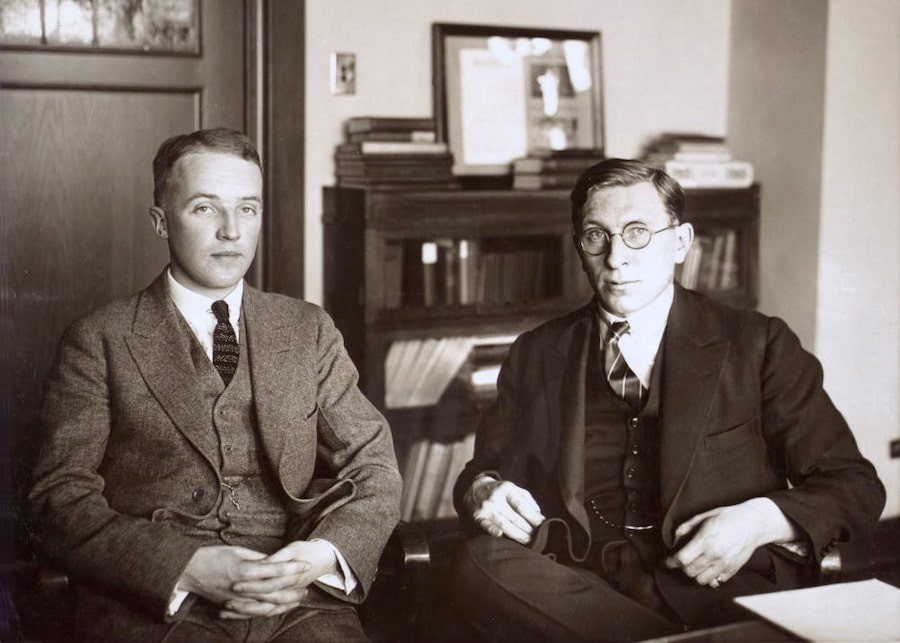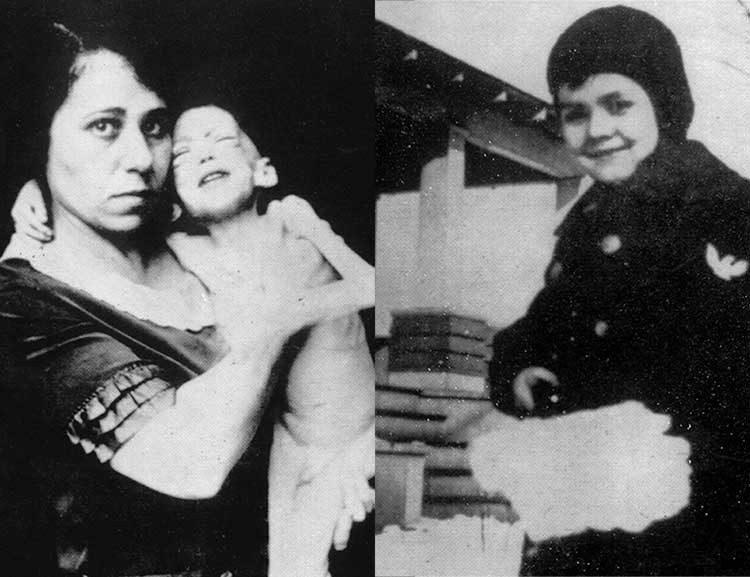Insulin: 1 Century of Changing Lives. From its discovery in 1922 to the present day.
Insulin was discovered in 1922, thanks to the efforts of a group of scientists from the University of Toronto—Frederick Banting, Charles Best, and biochemist James Collip—with a key contribution from Nicolae Paulescu.
History
The year was 1922, a turning point in the history of medicine that forever changed the fate of millions of people with diabetes.
Until then, diabetes was a deadly disease. In hospital wards, especially those dedicated to children, scenes of heartbreaking despair were witnessed daily. Thus, young patients, stricken with diabetic ketoacidosis, lay in comas, bereft of hope. Certainly, there was no cure or remedy, only extreme diets that reduced the body to a shadow of its former self, powerless to halt the inevitable.
Imagine a room full of beds, each occupied by a child in a diabetic coma. Beside them, helpless parents sat silent, heartbroken, awaiting the inevitable. Every corner of the room was steeped in grief, the silence broken only by desperate sighs and muffled cries.
But then something extraordinary happened. 1922 was the year the world discovered insulin, thanks to the pioneering efforts of a group of scientists at the University of Toronto—Frederick Banting, Charles Best, and biochemist James Collip—with a key contribution from Nicolae Paulescu, insulin’s discoverer. That incredible day, scientists appeared in a hospital ward with a revolutionary agent: purified insulin.
With hands trembling with excitement and hope, they began going from bed to bed, injecting children with this new drug.
The atmosphere was fraught with tension: What would happen? Would it be the long-awaited answer or just another futile attempt?
The answer came quickly. As soon as this drug was injected into the last child in a coma, the first began to wake up. One by one, the tiny patients opened their eyes, returning to life in a way that minutes before had seemed impossible. Thus, the room that until recently had been a place of death and despair was transformed into a place of hope and overflowing joy. In fact, tears of sadness turned into tears of happiness.
An illustrative example is that of a three-year-old boy. In a photo taken in 1922, he appears emaciated, his body exhausted by starvation caused by the inability to metabolize glucose.
A year later, in 1923, the same child appeared healthy and full of life thanks to the administration of this drug. Certainly, this transformation visually represents the miracle worked by Banting, Best, and the other scientists involved.
This discovery not only saved those children, but also laid the foundation for diabetes management as we know it today. Therefore, this drug became one of the most important discoveries of the 20th century, revolutionizing diabetes treatment and giving hope to millions of people around the world.

Types and Their Current Use
Today, this drug is used to control type 1 diabetes and, in some cases, type 2 diabetes.
There are several types of this drug, each with specific action characteristics:
- Rapid-acting: Acts within a few minutes of injection and is used to control postprandial blood glucose spikes.
- Intermediate-acting: Has a slower and longer-lasting effect and is often used to provide basal control.
- Long-acting: Maintains stable insulin levels for several hours, often up to 24 hours, reducing the need for frequent injections.
- Premixed: Combines rapid- and intermediate-acting insulins to simplify treatment.
Method of administration:
- Syringes.
- Insulin pens.
- Microinfusers: Devices that continuously release insulin.
- Continuous glucose monitoring systems integrated with pumps.

Thanks to that day in 1922 and the tireless work of these visionary scientists, diabetes ceased to be a death sentence. Therefore, the history of insulin is a powerful reminder of how science can turn despair into hope, illuminating even the darkest places with the light of discovery and innovation.
I invite you to read other articles of interest:
Vitamin C: 10 powerful benefits for you
Fonts and Perspectives.
- Discovery of Insulin – National Institute of Diabetes and Digestive and Kidney Diseases (NIDDK): https://www.niddk.nih.gov/health-information/diabetes/overview/history-insulin
- Modern Use of Insulin – Mayo Clinic: https://www.mayoclinic.org/tests-procedures/insulin-injection/about/pac-20384794
- Biography of Frederick Banting – Nobel Prize Winner: https://www.nobelprize.org/prizes/medicine/1923/banting/biographic/
- Types of Insulin – American Diabetes Association: https://www.diabetes.org/diabetes/medication-management/insulin-other-injectables/types-of-insulin







